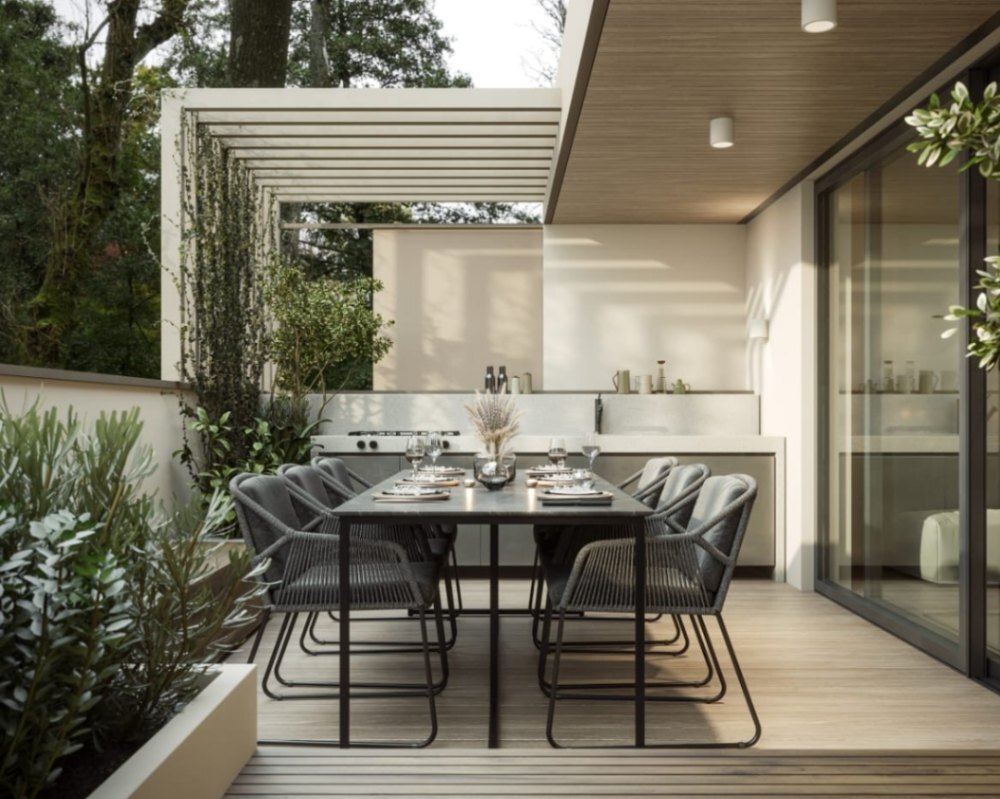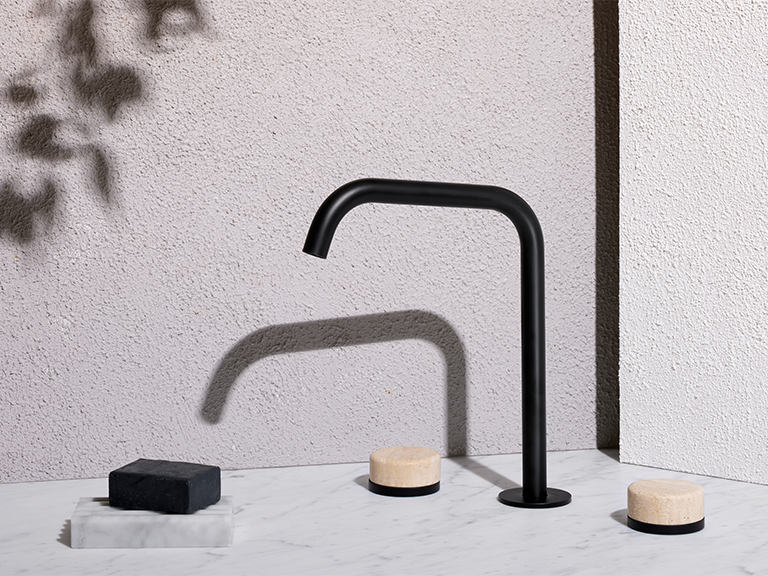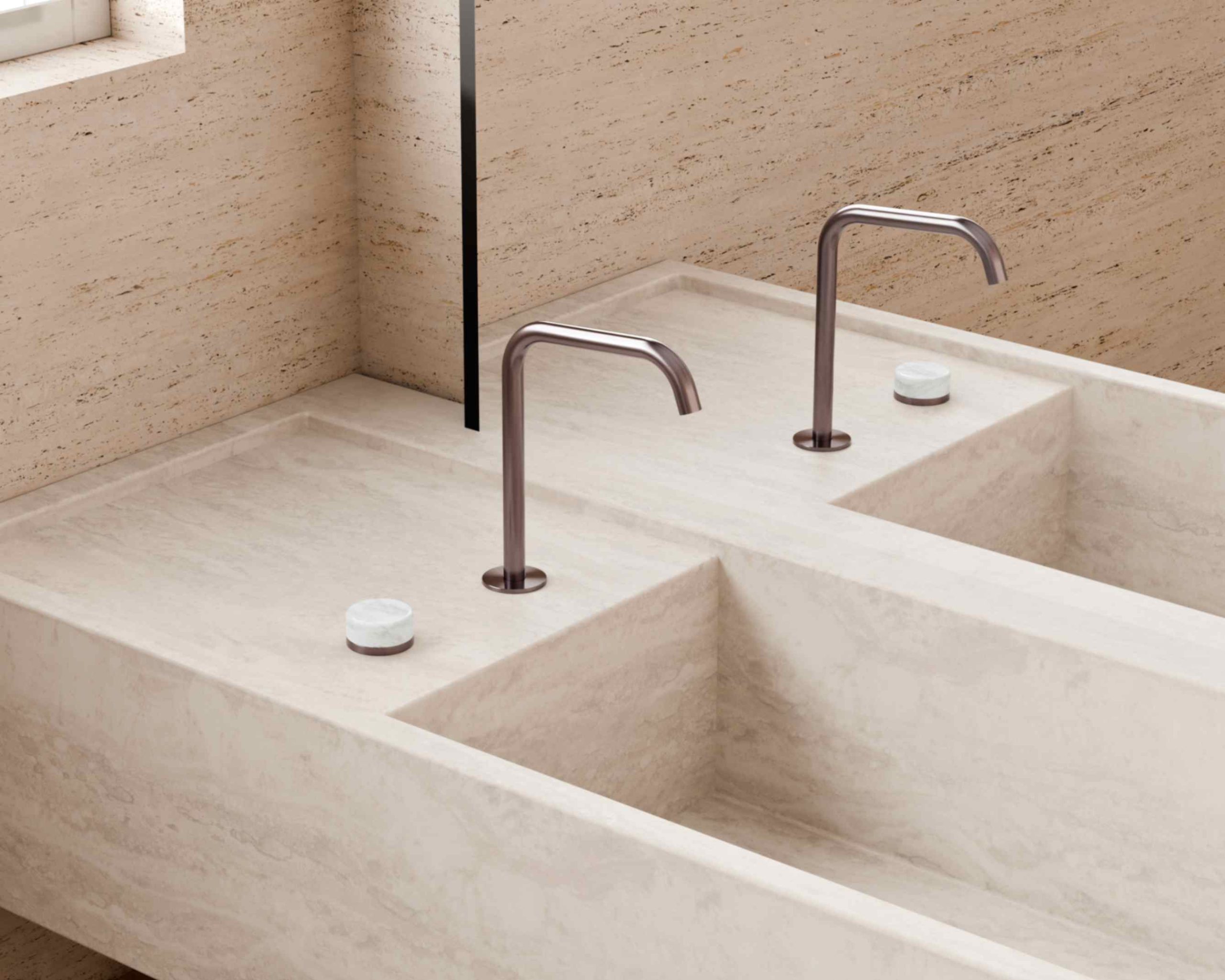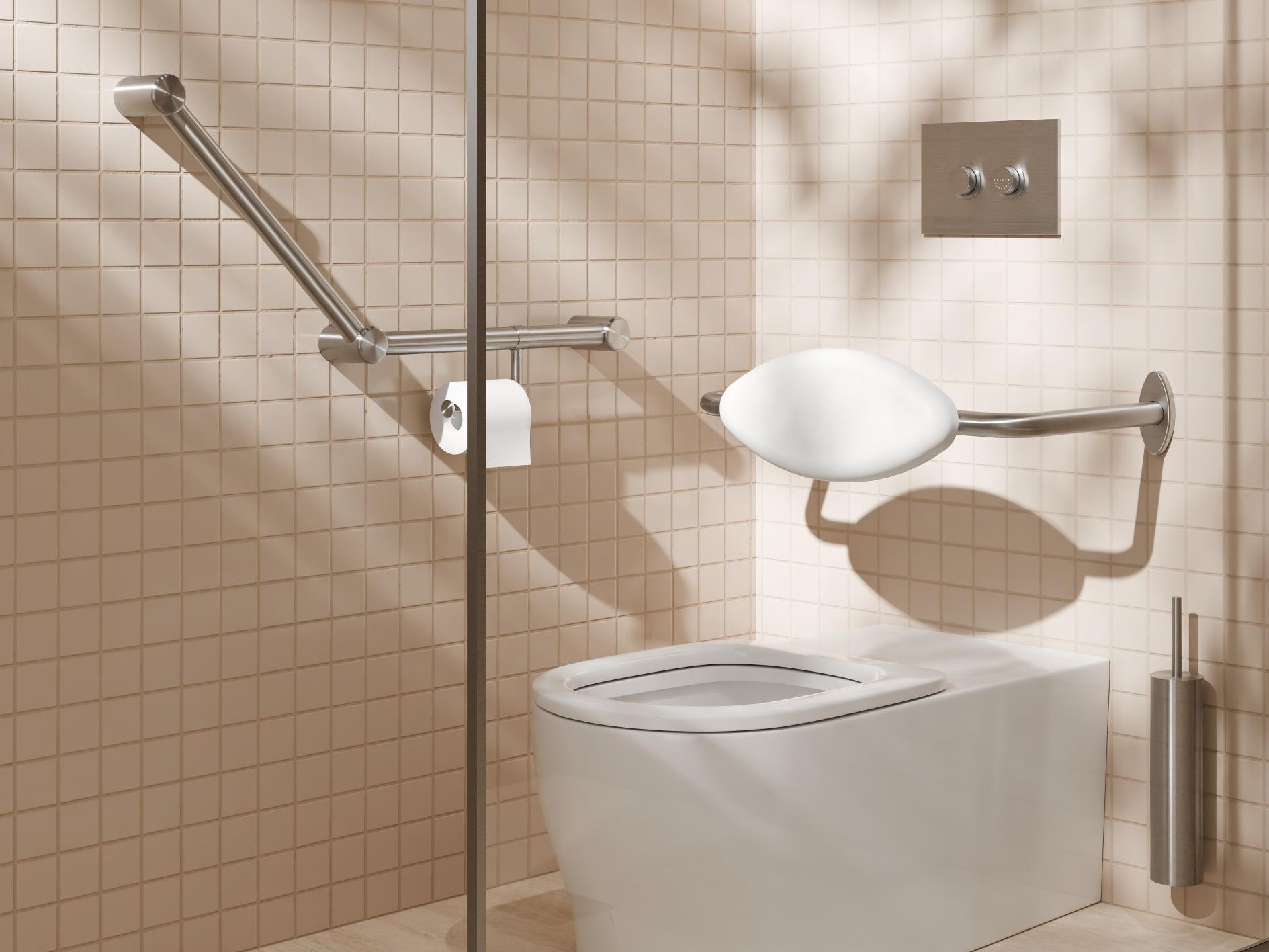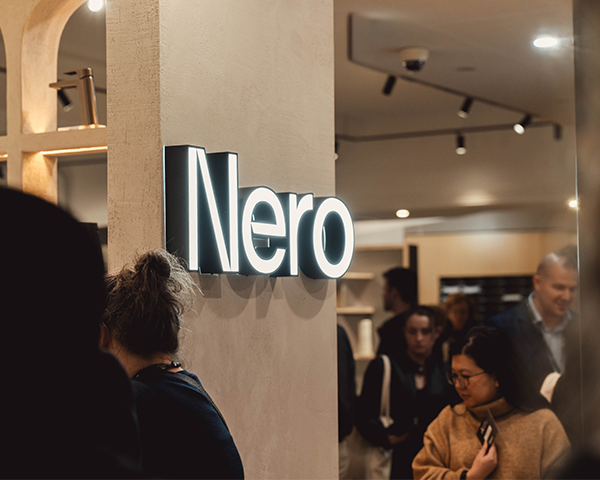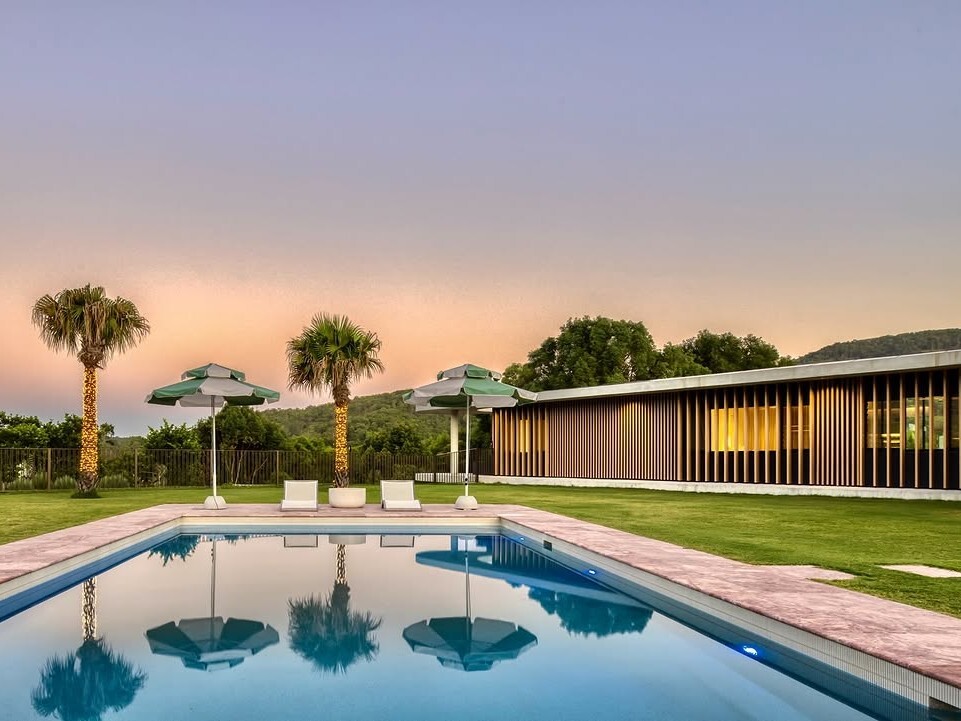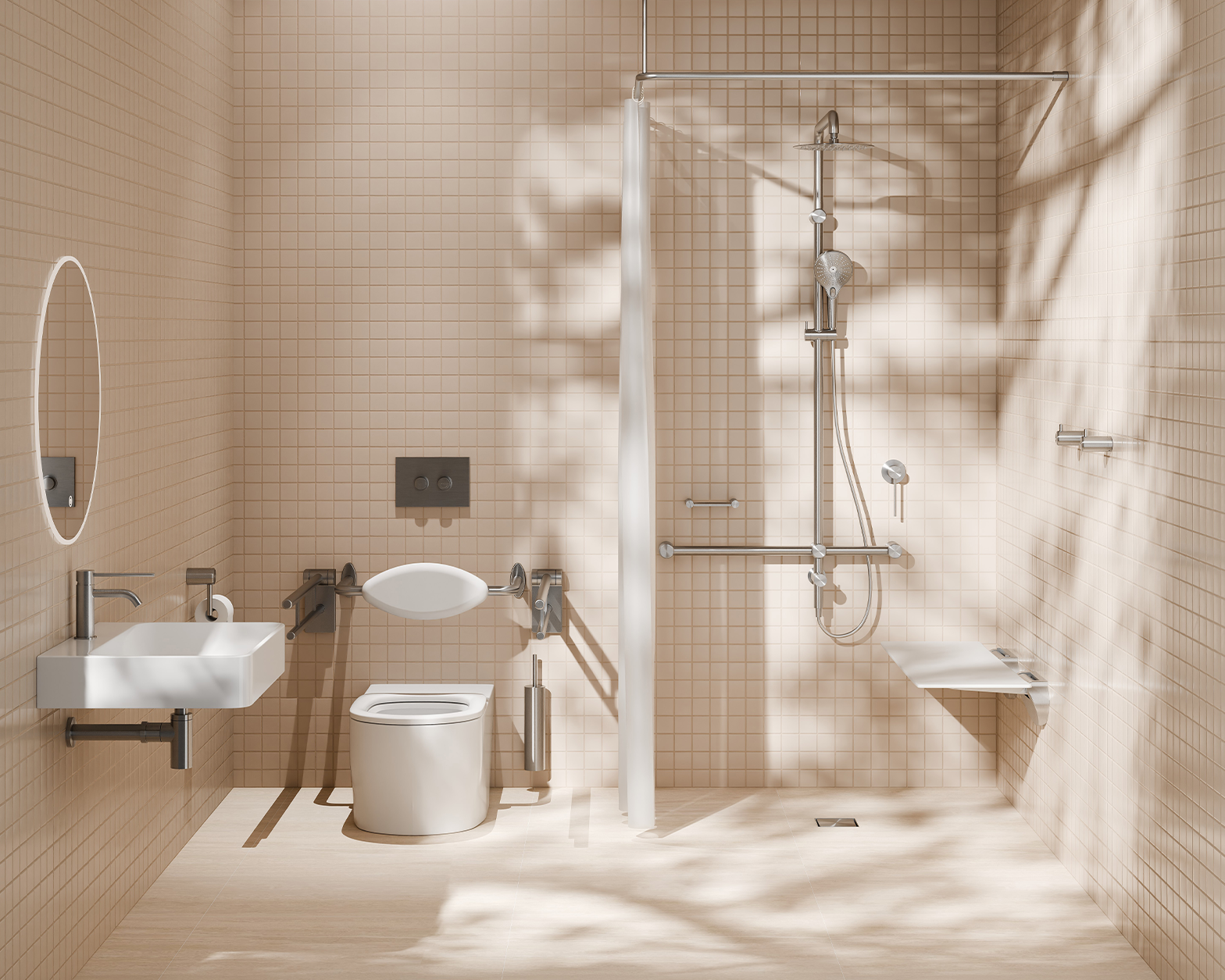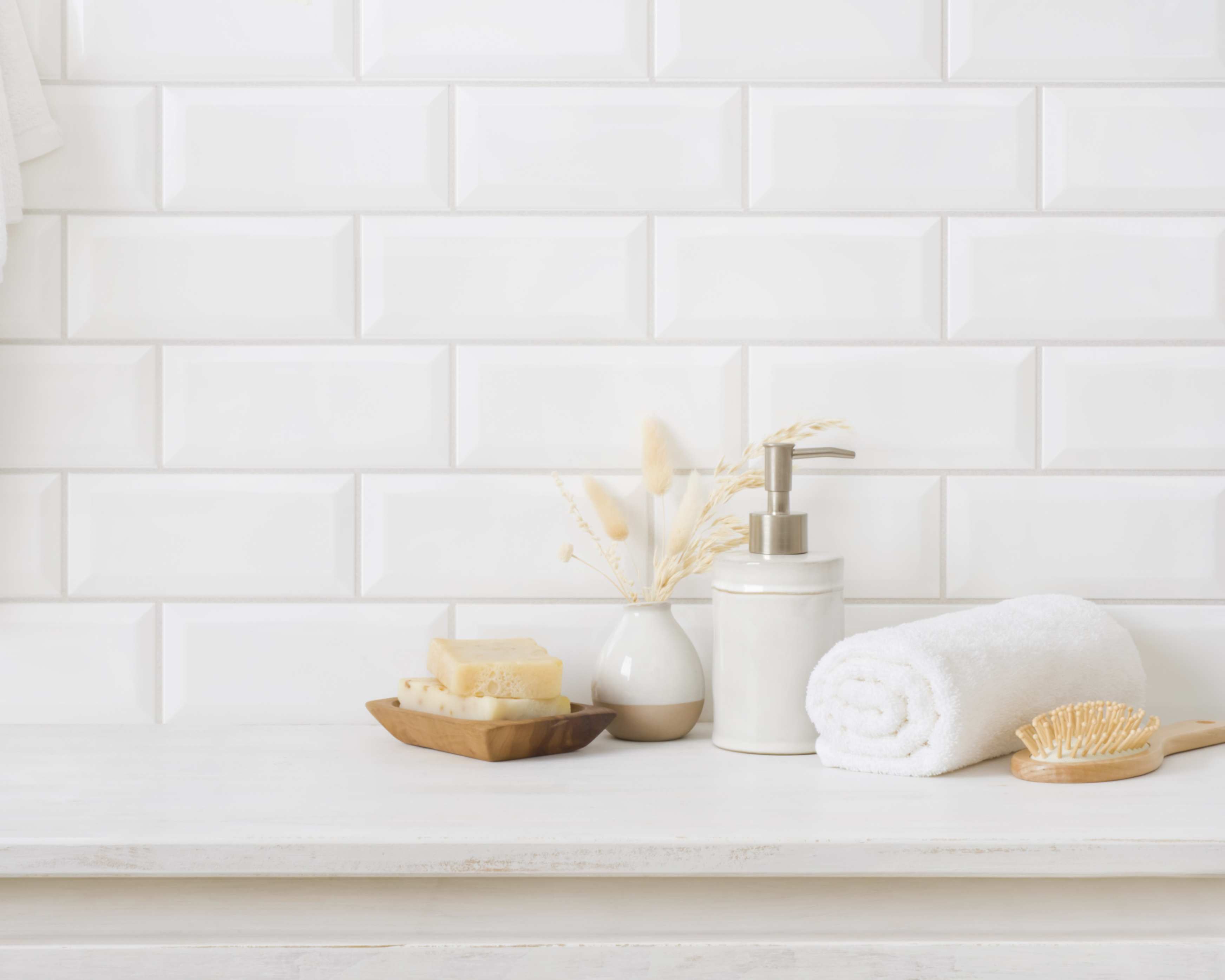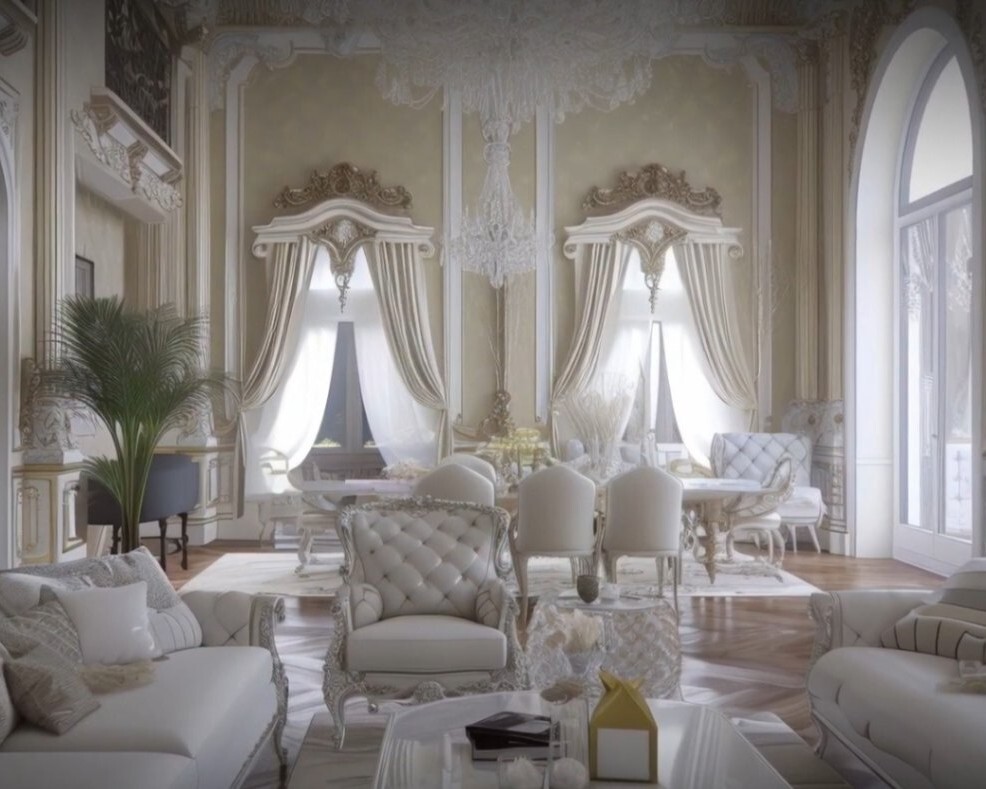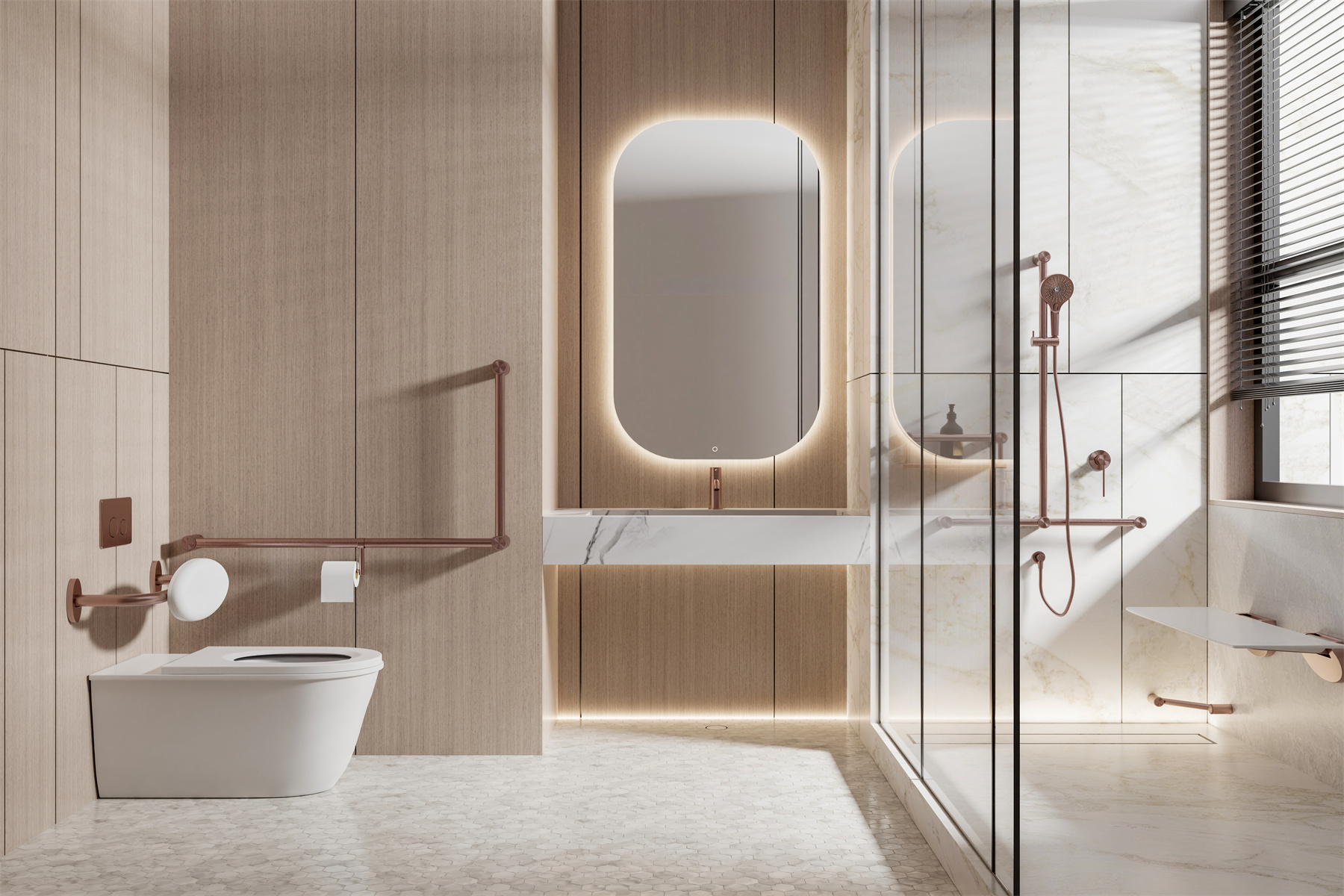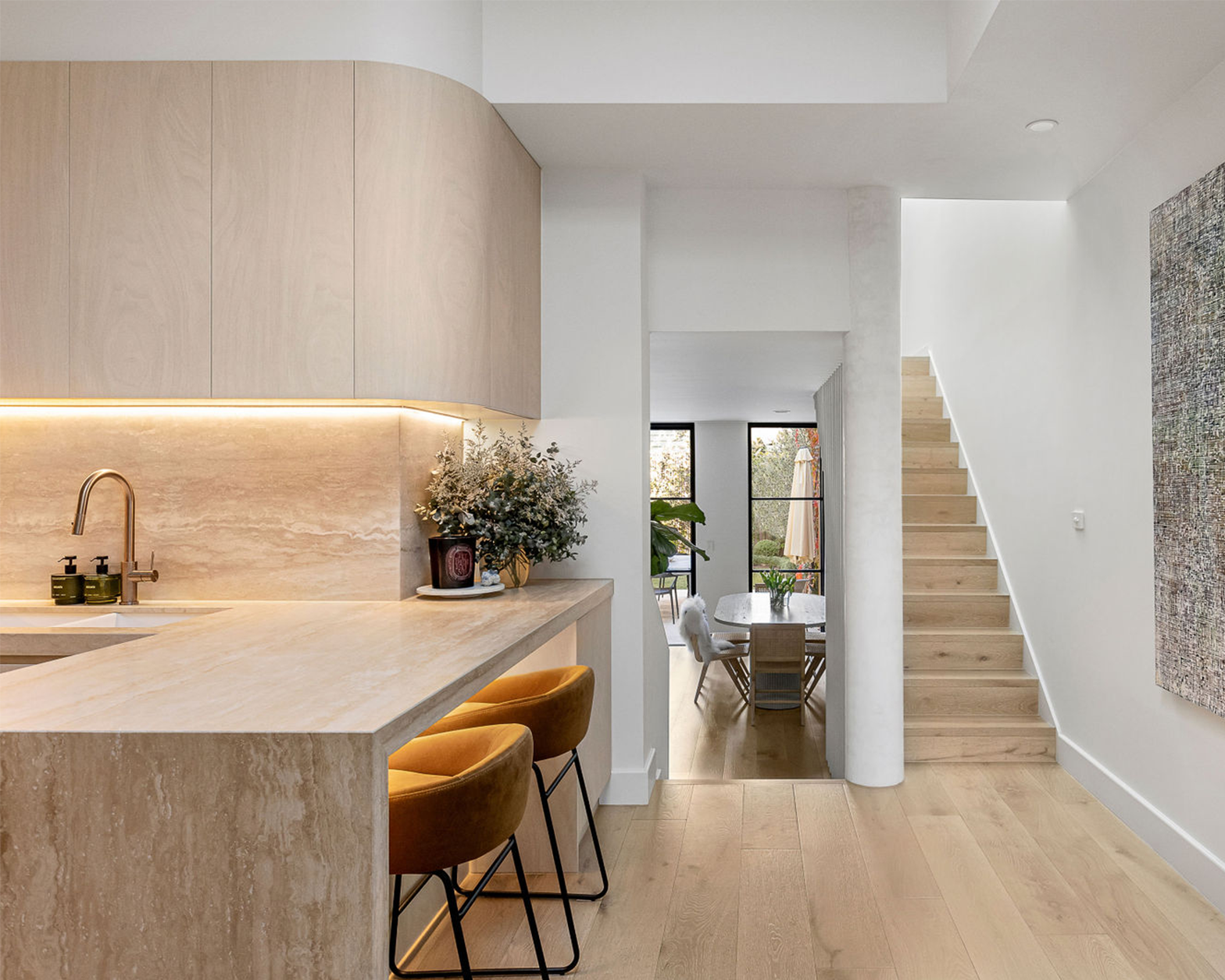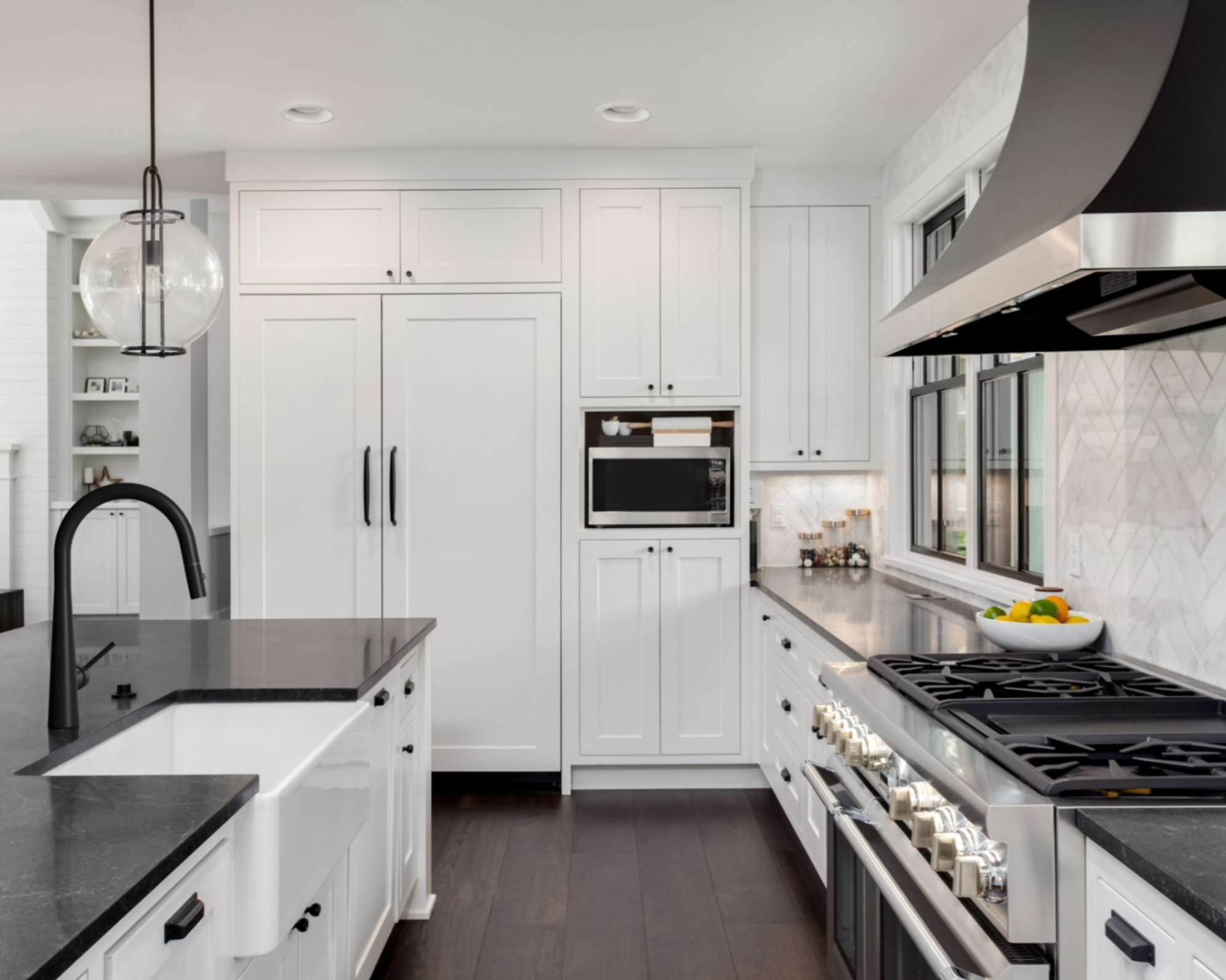
Industrial Kitchen Design: The Ultimate Guide to Achieving the Industrial Style Kitchen of Your Dreams
Embracing the Industrial Kitchen Aesthetic
Over the years, industrial kitchen design went from a niche trend to a design staple—and for good reason. There's something undeniably striking about a space that captures both the grit of old factories and the sophistication of modern living. Think exposed brick, raw metals, and clean-lined cabinetry—unapologetically honest materials that don’t just look good, but tell a story.
What many love most about industrial style kitchens is their versatility. Whether you're designing a sleek urban loft or giving new life to a more traditional home, this style adapts beautifully. It’s that mix of texture and polish—the steel next to the stone, the patina alongside high-performance appliances—that gives the industrial kitchen its signature edge.
In the sections ahead, we’ll share how to pull off this look with confidence. We’ll explore the right materials, layout choices, and finishing touches to help you strike that perfect balance between utility and style. By the end, you’ll be ready to craft a kitchen that’s efficient, bold, and uniquely reflective of you or your brand.
Core Elements of Industrial Kitchen Design

If you're aiming to create a true industrial-style kitchen, you need to get familiar with the foundational elements that define the look. Success lies in the details—those rugged, honest materials and intentional design choices that make the space feel raw yet refined, functional yet full of character.
1. Raw and Reclaimed Materials
Industrial kitchens take their cue from old factories and warehouses, where materials weren’t chosen for looks, but for strength and function. That utilitarian spirit is exactly what makes them so appealing. To capture it, you’ll want to incorporate:
- Exposed brickwork that brings instant warmth and texture
- Reclaimed wood—ideal for open shelving, ceiling beams, or even countertops
- Concrete or poured cement surfaces that add a cool, grounded feel
- Brushed or blackened metals for accent pieces, supports, or fixtures
These materials wear beautifully over time and give your kitchen a lived-in authenticity that’s hard to fake.
2. Neutral and Earthy Color Palette
The industrial palette is subtle by design, allowing the textures and finishes to take center stage. I always suggest working with:
- Deep charcoals, soft whites, and matte blacks as your base
- Rusts, olives, and taupes to bring in earthy dimension
- Touches of copper, steel, or bronze to echo the mechanical roots of the style
This muted scheme doesn’t just look smart—it allows the materials to shine and keeps the whole space feeling balanced and intentional.
3. Exposed Elements
One of the most distinctive traits of industrial design is its honesty. Instead of covering up pipes or beams, we highlight them. These raw features bring in visual interest and a touch of architectural grit. Think:
- Exposed ceiling beams to draw the eye upward
- Visible ductwork that adds airiness and movement
- Metal conduit or track lighting that introduces a functional, factory-like vibe
These elements tell the story of the building and give your kitchen a bold, confident personality.
4. Open Layout and Functionality
This is where industrial design really earns its stripes. Inspired by commercial kitchens, the layout is all about purpose. Whether I’m designing for a city loft or a hospitality venue, I always emphasize:
- Wide, unobstructed work areas for easy movement
- Plenty of counter space for prepping and serving
- Efficient appliance access—everything should be within reach
- Central islands that double as prep hubs and gathering spots
This kind of openness not only feels luxurious, but makes cooking, entertaining, and day-to-day living a breeze.
5. Industrial Lighting Fixtures
Lighting is never just functional in an industrial kitchen—it’s a statement. I recommend leaning into pieces that feel bold, practical, and a bit raw. Some of my go-to favorites include:
- Pendants with exposed Edison bulbs for vintage charm
- Oversized dome lights in metal finishes for impact
- Caged sconces to add texture and mood to the walls
- Track lighting that evokes the feel of an old warehouse floor
These fixtures do more than illuminate—they bring depth, drama, and cohesion to your industrial look.
Also Read: 25 Scandinavian Kitchen Design Guide 2025: Inspiration, Layouts & Styling Tips
Designing Your Industrial Style Kitchen: Step-by-Step

Transforming your kitchen into an industrial masterpiece requires a thoughtful balance of aesthetic vision and functional design. The step-by-step guide below will help you achieve a cohesive industrial look while meeting your practical needs.
Step 1: Planning and Finding Inspiration
Before diving into the design process, take time to assess your space and clarify your goals.
- Evaluate the layout: Open layouts work best, but even smaller kitchens can incorporate industrial elements.
- Identify architectural features: Exposed beams, high ceilings, or brick walls can be preserved and highlighted.
- Gather inspiration: Use platforms like Pinterest, Instagram, or design magazines to curate ideas and develop a clear visual direction.
Step 2: Choosing the Right Materials and Finishes
Selecting materials is at the heart of industrial kitchen design. Opt for textures that evoke strength and authenticity.
- Reclaimed wood for cabinets, islands, or shelving
- Polished concrete or matte stone countertops
- Stainless steel appliances and accents
- Matte black or brushed nickel hardware
The goal is to contrast raw textures with smooth finishes for depth and visual interest.
Step 3: Incorporating Key Industrial Fixtures
Fixtures play a significant role in setting the tone for your kitchen.
- Lighting: Install vintage-style pendant lights over the island, or wall-mounted industrial sconces for ambient lighting.
- Faucets & Sinks: Consider a deep stainless steel apron-front sink paired with a pull-down, industrial-style faucet.
- Hardware: Swap sleek modern knobs for black metal or antiqued brass pulls to reinforce the theme.
Step 4: Flooring and Wall Treatments
Both flooring and walls set the backdrop for the rest of your industrial kitchen.
- Flooring Options:
- Polished concrete for a clean, modern look
- Distressed hardwood or wide plank engineered flooring for warmth
- Wall Treatments:
- Exposed brick for texture and authenticity
- Subway tile with dark grout for an urban touch
- Metal or wood paneling for added industrial charm
These elements ground the design and give it architectural integrity.
Once these steps are complete, your industrial kitchen will start to take shape as a space that’s both rugged and refined, functional and fashionable.
Also Read: How to Create a Hamptons Style Bathroom in Australia: Coastal Elegance Meets Everyday Luxury
Expert Tips for Achieving the Industrial Look

Creating an authentic industrial style kitchen goes beyond choosing the right finishes—it’s about making intentional design choices that merge form and function. We bring you expert advice on how to nail the look (and avoid common pitfalls) below:
Tip 1: Start with a Focal Point
A focal point grounds the space and sets the tone for the rest of your design choices. It could be:
- A reclaimed wood breakfast bar
- A commercial-style stainless steel range
- A dramatic concrete wall or custom hood vent
Tip 2: Layer Textures Thoughtfully
One of the most effective ways to bring depth to an industrial kitchen is through textural contrast.
- Pair sleek countertops with weathered wood cabinets.
- Mix metal finishes (e.g., black steel, brushed nickel, aged brass) for visual interest.
- Combine soft textiles (linen stools, cotton runners) with harder elements (metal stools, concrete flooring).
Avoid: Using only hard or cold materials—it can make the space feel sterile or unfinished.
Tip 3: Soften the Space with Natural Elements
To prevent the kitchen from feeling too “industrial cold,” soften the space with:
- Greenery: Potted herbs, succulents, or hanging plants
- Textiles: Neutral-toned rugs or soft curtains
- Wood accents: Butcher block countertops or reclaimed wood shelves
These touches introduce warmth and make the kitchen more inviting.
Tip 4: Avoid Over-Theming
Common overdone elements to use sparingly:
- Faux distressed finishes
- Overly stylized signage or vintage props
- Imitation brick or beams that lack substance
Tip 5: Balance Practicality with Style
Remember that the kitchen is a working space. Industrial design is meant to be functional and durable, not just aesthetic.
- Choose easy-to-clean surfaces like sealed concrete or stainless steel
- Install ample lighting for task zones
- Ensure plenty of storage through open shelving and clever cabinetry
Also Read: 35+ Coastal Kitchen Ideas That Bring the Beach to Your Home
Tips for Budget-Friendly Industrial Style

You don’t need a full renovation to achieve an industrial vibe. Here’s how to get the look for less:
Focus on Key Visual Elements
- Add open metal shelving instead of replacing cabinets.
- Use peel-and-stick faux brick panels for an exposed wall look on a budget.
- Replace existing lighting with industrial-style pendants or wall sconces.
DIY Where Possible
- Create your own pipe shelving, mason jar lights, or concrete countertops.
- Sand and refinish wood instead of replacing it—especially for islands or tables.
Repurpose and Reuse
- Hunt for treasures at architectural salvage yards, flea markets, or Facebook Marketplace.
- Repurpose old workbenches, tool chests, or factory carts as islands or storage.
Where to Invest vs. Where to Save
Spend more on:
- Quality appliances (they’ll last longer and offer efficiency)
- Durable countertops and surfaces
- Lighting that makes a strong visual impact
Save on:
- Decor and accessories (less is more in industrial style)
- Open shelving vs. custom cabinetry
- DIY wall treatments and refinishing existing materials
Also Read: 25+ Ways to Save Water: Practical Tips for Your Kitchen, Bathroom, Laundy Room, and Garden!
Ready to Complete Your Industrial Kitchen? Choose Nero Tapware for Style and Durability

Bringing your industrial style kitchen vision to life means selecting fixtures that blend rugged aesthetics with premium functionality. That’s where Nero Tapware shines.
Known for their sleek designs, robust construction, and extensive range of finishes, Nero Tapware offers the perfect taps, sinks, and accessories to complement the industrial look.
Here are some standout Nero Tapware collections—available in finishes like matte black, gun‑metal, brushed bronze, and stainless steel—that perfectly complement an industrial‑style kitchen:
- Mecca Collection
- Kara & Opal Mixers
- Ecco Wall Mixers
- Zen 316 L Stainless Steel Mixer
- Commercial Collection
- X Plus Collection
- Serenity Collection
Explore Nero Tapware’s full product line atnerotapware.com.au and discover fixtures that complete your industrial kitchen with lasting impact and timeless appeal!
Also Read:

